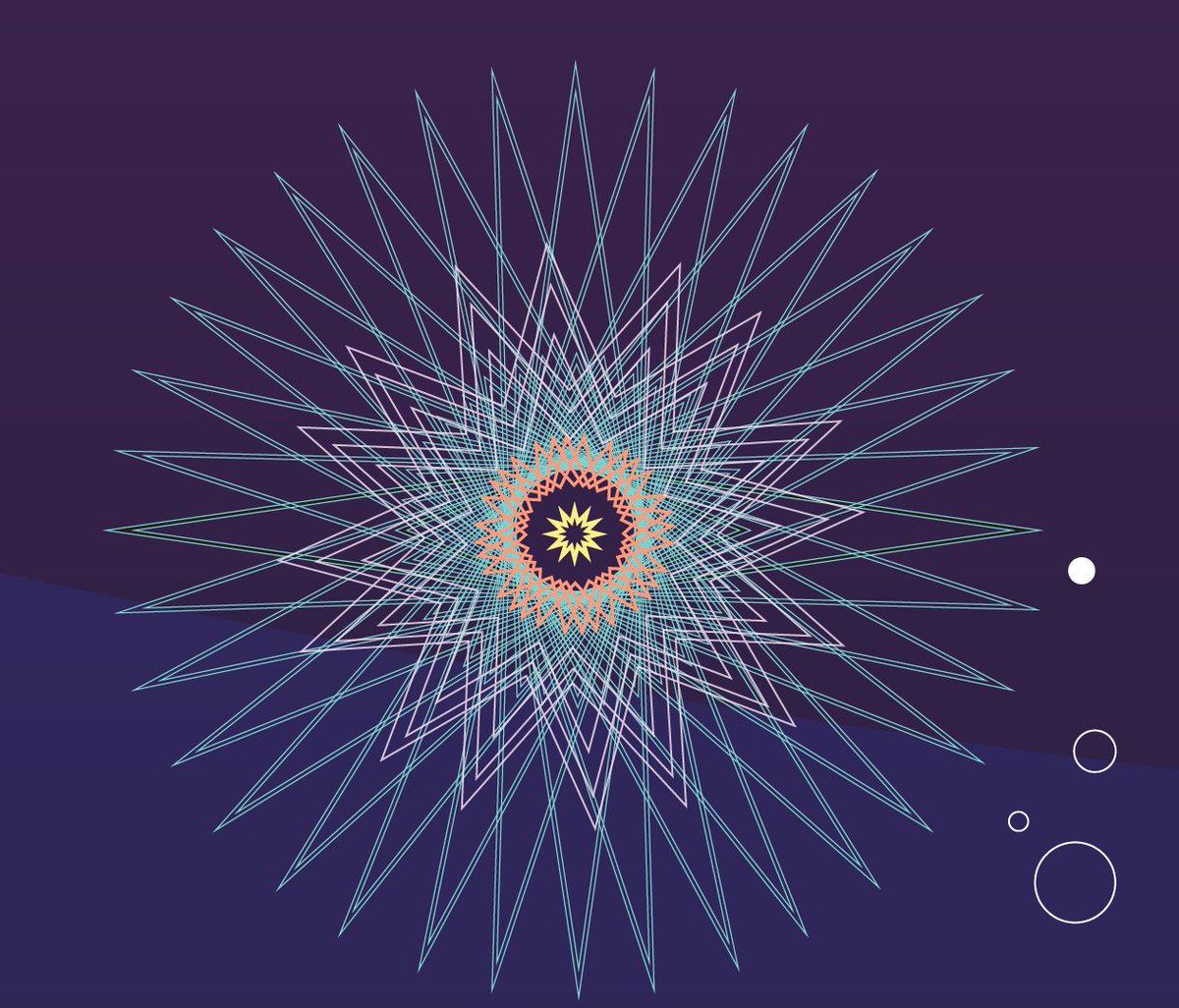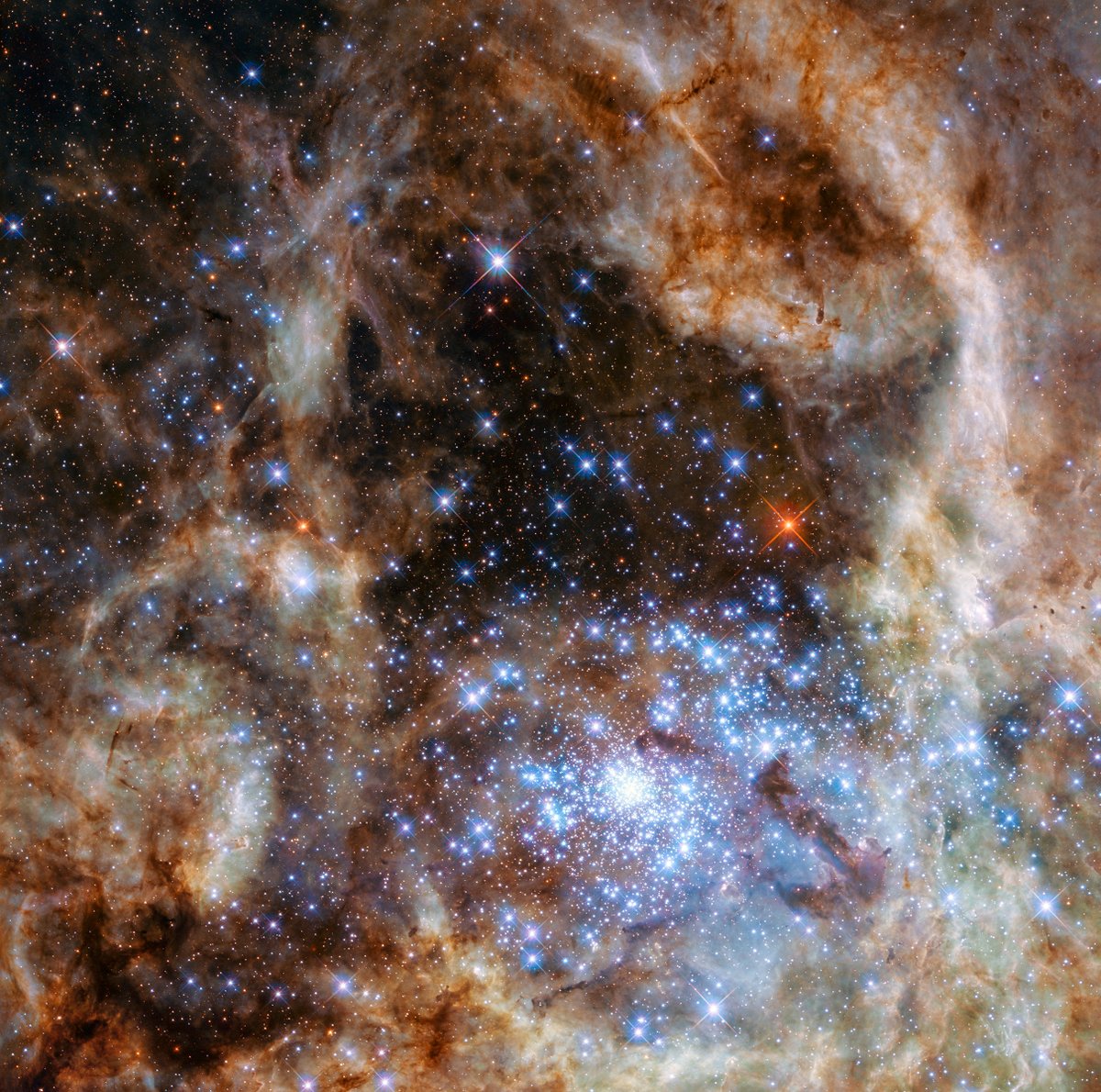Who is ready to be “thrown” through a loop? A supermassive black hole’s feedback loop to be exact! Decoder: In these images, RED indicates COLD and TEAL indicates HOT. (1/7) 

Supermassive black holes, which lie at the centers of galaxies, are voracious! They periodically “sip” or “gulp” from COLD swirling disks of gas and dust that orbit them. Where there’s lots of very cold gas, stars can begin to form—but it also falls onto the black hole. (2/7) 

As a result of “nom, nom, noming” on all that delicious cold gas, supermassive black holes launch outflows in the form of radiation, jets, and wind! (It’s gettin’ hot in here!) (3/7) 

These outflows (which take the form of radiation, jets, and wind!) heat the cold gas in the galaxy. (4/7) 

Once the gas is heated, it’s like flicking a light switch—star formation stops—and the hot gas also stops falling onto the supermassive black hole. (5/7) 

Then … there’s a lot of waiting. Think in terms of millions of years. (LOTS of time for meditation!) Once the gas cools, stars begin forming again—and the cycle repeats! But wait … there’s more … (6/7) 

When #NASAWebb begins observing galaxies’ cores, it will pierce through the dust to deliver images and high-resolution infrared data—allowing us to learn precisely how one process sets off another. Watch the video on repeat: bit.ly/3ryRmwu (7/7) 

• • •
Missing some Tweet in this thread? You can try to
force a refresh


















